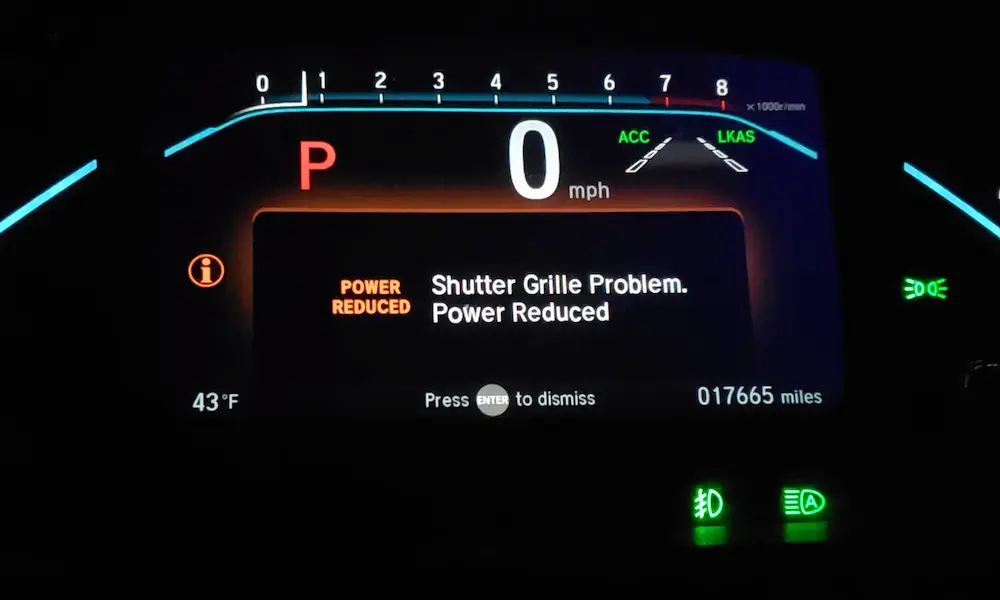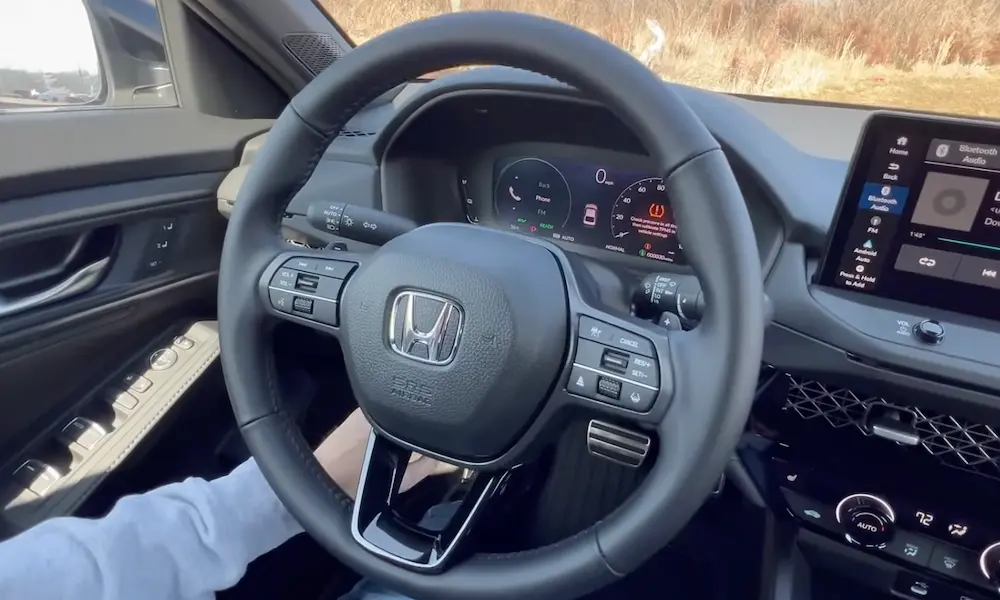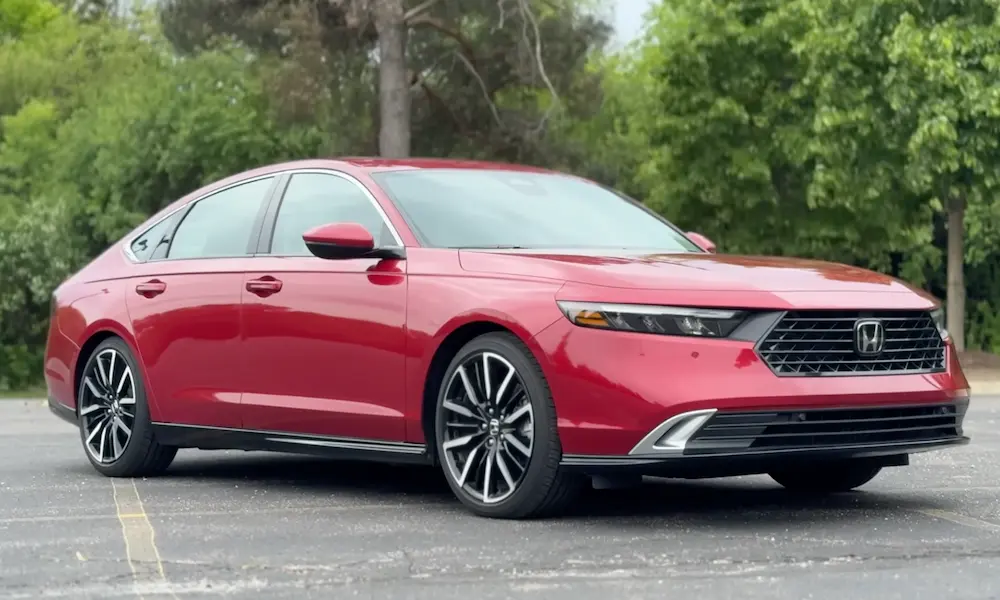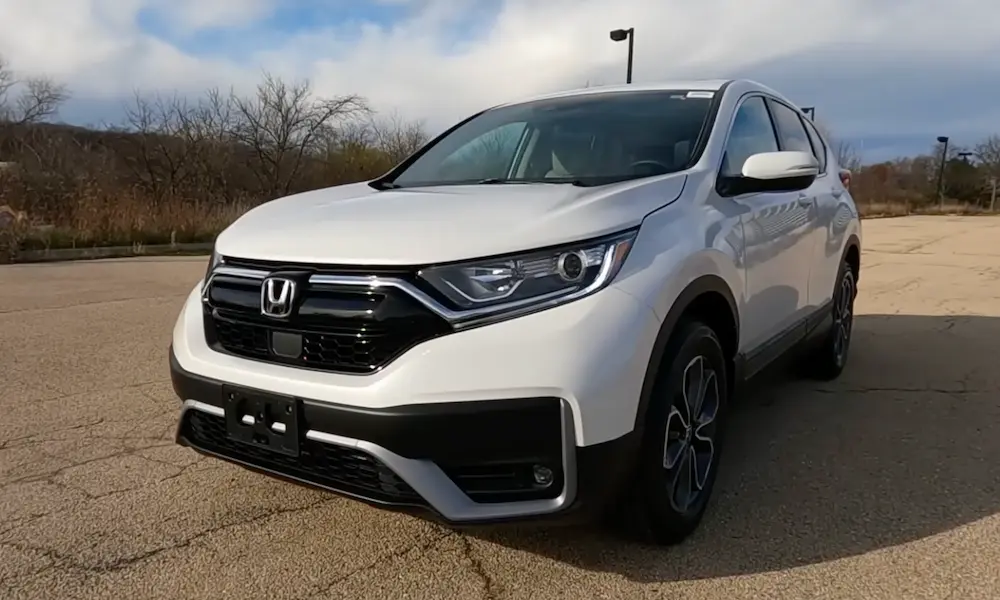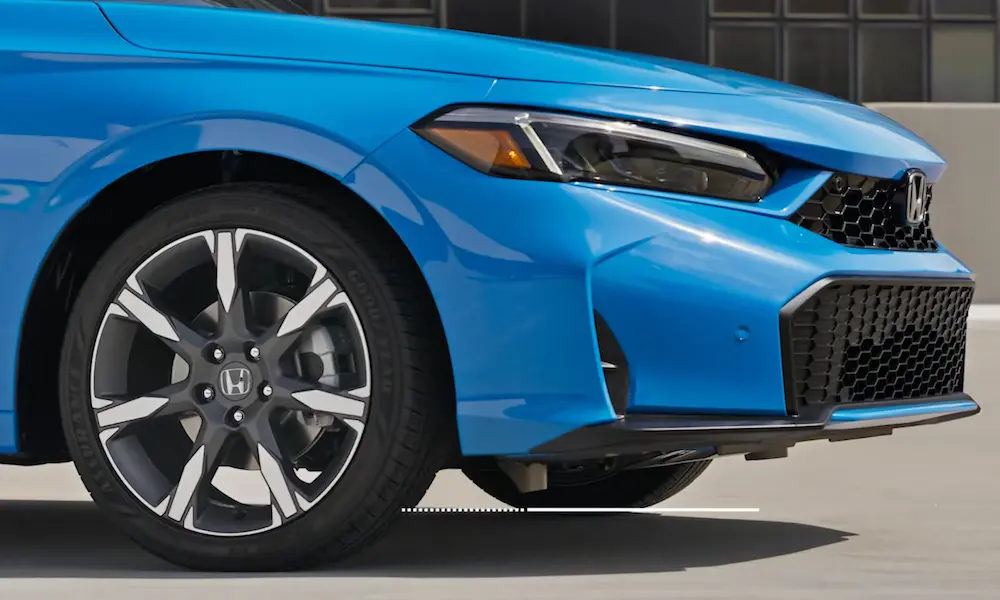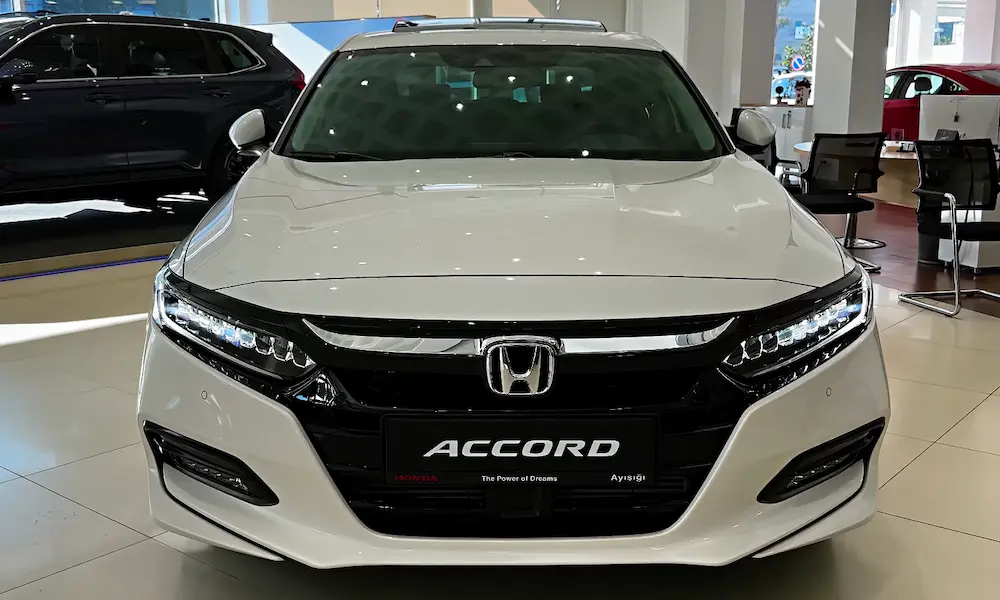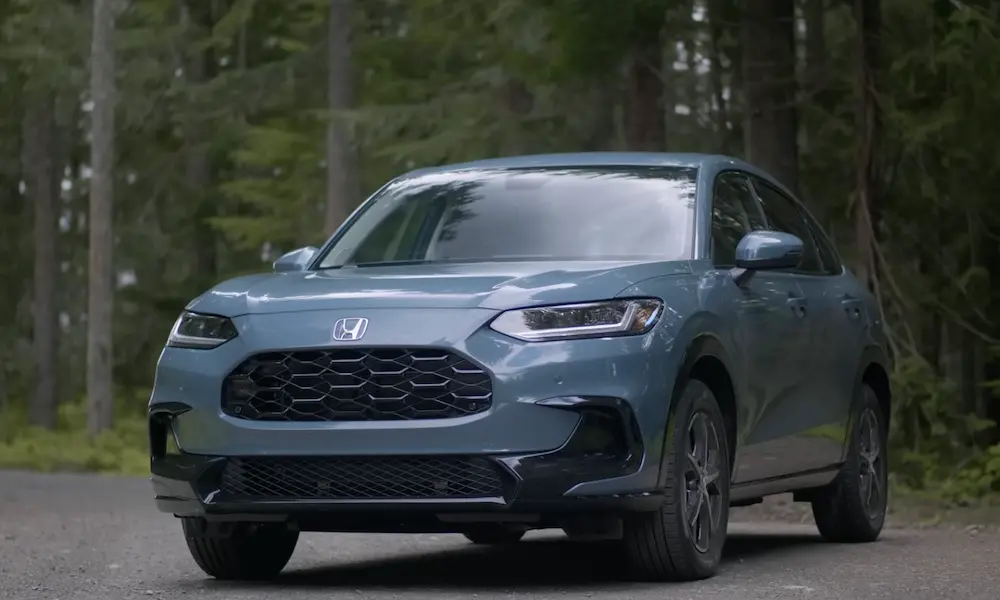Ever wondered where your Honda Pilot was built? The popular three-row SUV has a fascinating manufacturing story that spans multiple decades and facilities. If you’re curious about the origins of this family-friendly vehicle, you’ve come to the right place.
Honda Pilot Manufacturing: The Quick Answer
The Honda Pilot is currently manufactured exclusively at Honda Manufacturing of Alabama (HMA) in Lincoln, Alabama. Since late 2022, this facility has been the sole global production hub for all fourth-generation Honda Pilots, combining vehicle assembly and engine production under one roof.
Honda’s Alabama Manufacturing Powerhouse
Inside the Lincoln, Alabama Facility
The Lincoln plant isn’t just any manufacturing facility—it’s Honda’s $3 billion crown jewel spanning 1,350 acres. More than 4,500 associates work at this massive 4.9 million-square-foot facility, which produces several Honda models alongside the Pilot.
Here’s what makes this plant special:
- Began operations in 2001
- Produced over 5.7 million vehicles and engines
- Annual production capacity exceeding 340,000 vehicles
- Fully integrated engine production and vehicle assembly
- Employs advanced robotics and manufacturing techniques
The Alabama plant follows Honda’s “build where we sell” philosophy, strategically positioning production close to the North American market where Pilots are most popular.
What Else Rolls Off the Alabama Assembly Line?
The Honda Pilot shares production lines with three other Honda vehicles:
| Vehicle Model | Type | Production Start at HMA |
|---|---|---|
| Honda Pilot | Midsize SUV | 2007 (exclusively since 2007) |
| Honda Odyssey | Minivan | 2001 |
| Honda Passport | SUV | 2018 |
| Honda Ridgeline | Pickup truck | 2009 |
This consolidation allows Honda to maximize efficiency while maintaining consistent quality across its light truck lineup.
The Canadian Connection: Pilot’s Original Home
Alliston, Ontario: Where It All Began
Before Alabama became the Pilot’s exclusive manufacturing home, the SUV’s journey began in Canada. The first-generation Honda Pilot (2003 model) initially rolled off the assembly line at Honda of Canada Manufacturing (HCM) in Alliston, Ontario.
This Canadian facility:
- Built Pilots from 2003 until April 2007
- Also produced Honda Civic and CR-V models
- Represented Honda’s first manufacturing commitment to the Pilot
Why Honda Shifted Production South
In 2007, Honda consolidated Pilot production entirely to Alabama for several strategic reasons:
- Lower labor and operational costs
- Proximity to supply chains
- Economies of scale
- Streamlining of North American operations
This move coincided with HMA’s expansion into a dedicated hub for Honda’s SUVs and light trucks, positioning the Alabama facility as the cornerstone of Honda’s North American manufacturing strategy.
Fourth-Generation Pilot: A Manufacturing Revolution
Alabama’s Biggest Production Challenge
When the redesigned 2023 Honda Pilot entered production in December 2022, it represented the most significant manufacturing shift since the model’s 2003 debut. The Lincoln plant underwent extensive changes to accommodate the new model:
- Overhauled 80% of assembly processes
- Installed new equipment in weld, paint, assembly and inspection areas
- Implemented Honda’s global assembly standards
- Retooled for the new larger platform
- Added technology to install the Pilot’s first-ever panoramic sunroof
These upgrades required substantial investment but ensured the Alabama plant could produce Honda’s largest and most powerful SUV to date.
Engine Production: The Heart of the Pilot
One of the Lincoln facility’s most impressive features is its ability to produce both vehicles and their engines. The current Pilot uses a 3.5-liter J35Y8 V6 engine with impressive specifications:
| Engine Spec | Details |
|---|---|
| Displacement | 3.5-liter V6 |
| Horsepower | 285 hp |
| Torque | 262 lb-ft |
| Transmission | 10-speed automatic |
| Emissions | Meets current regulations |
By manufacturing engines and vehicles at the same location, Honda ensures quality control across the entire production process while reducing logistical complexities and transportation costs.
Economic Impact of Pilot Production
Boosting Alabama’s Economy
The Honda Manufacturing of Alabama facility has transformed the region’s economic landscape. Consider these impacts:
- Over 4,500 direct jobs at the facility
- Thousands of additional jobs at suppliers and service providers
- Exports account for 8-10% of production, reaching markets in the Middle East, Latin America, and Asia
- Attraction of automotive suppliers to the region
- Partnerships with community colleges for workforce development
The plant has helped cement Alabama’s reputation as a hub for automotive manufacturing, creating a skilled labor pool and supporting the local economy.
A $16 Million Expansion
In 2022, HMA opened a new $16 million Post-Production Option facility that enhances the plant’s capability to install custom accessories for the Pilot and other vehicles directly on the assembly line. This expansion reflects Honda’s commitment to flexible manufacturing that can respond quickly to consumer preferences.
How the Manufacturing Process Shapes the Pilot
Built for American Tastes
The Lincoln plant’s location isn’t just about logistics—it’s about building vehicles that match North American consumer preferences. The fourth-generation Pilot, introduced as the largest and most powerful SUV in Honda’s history, features:
- 113.8-inch wheelbase (longer than previous generations)
- 200-inch overall length for maximized interior space
- Seating for up to eight passengers
- Class-leading cargo capacity
- Rugged design with flared fenders and bold grille
These attributes directly respond to American consumers’ desire for spacious, capable family vehicles with distinctive styling.
The TrailSport Innovation
The Alabama plant’s flexibility enabled Honda to introduce the adventure-focused TrailSport trim, which requires special manufacturing considerations:
- All-terrain tire installation
- Steel skid plate mounting
- Raised suspension components
- Special trail-tuned stabilizer bars
This variant demonstrates how manufacturing capabilities at HMA have evolved to support Honda’s expanded product lineup, meeting the growing demand for off-road capable SUVs.
The Future of Honda Pilot Manufacturing
Investing in Technology and Sustainability
Honda continues to enhance the Alabama facility with an eye toward future manufacturing needs. Recent investments focus on:
- Advanced robotics in the paint department
- Automated quality inspection systems
- Energy efficiency improvements
- Reduced environmental impact
These upgrades ensure the plant remains competitive while aligning with Honda’s broader sustainability goals and preparing for potential future electrification of the Pilot lineup.
Ready for Market Changes
As consumer preferences evolve, the Lincoln facility’s adaptability positions it to maintain the Pilot’s relevance in a changing market. The plant has already demonstrated resilience by:
- Mitigating supply chain disruptions during the global microchip shortage
- Quickly implementing design changes based on customer feedback
- Balancing production across multiple models to respond to market demand
This flexibility will be crucial as Honda navigates the transition toward electrified vehicles while continuing to meet demand for traditional gasoline-powered SUVs like the current Pilot.
The Honda Pilot’s Manufacturing Journey
From its Canadian beginnings to its current Alabama home, the Honda Pilot’s manufacturing story reflects broader trends in the automotive industry. The consolidation of production in Lincoln highlights Honda’s commitment to efficiently building vehicles where they’re sold, with the technological capabilities and workforce expertise needed to deliver increasingly sophisticated SUVs.
The next time you see a Honda Pilot on the road, you’ll know it’s a product of American manufacturing expertise, built by skilled associates in Alabama who combine traditional craftsmanship with cutting-edge production techniques.



